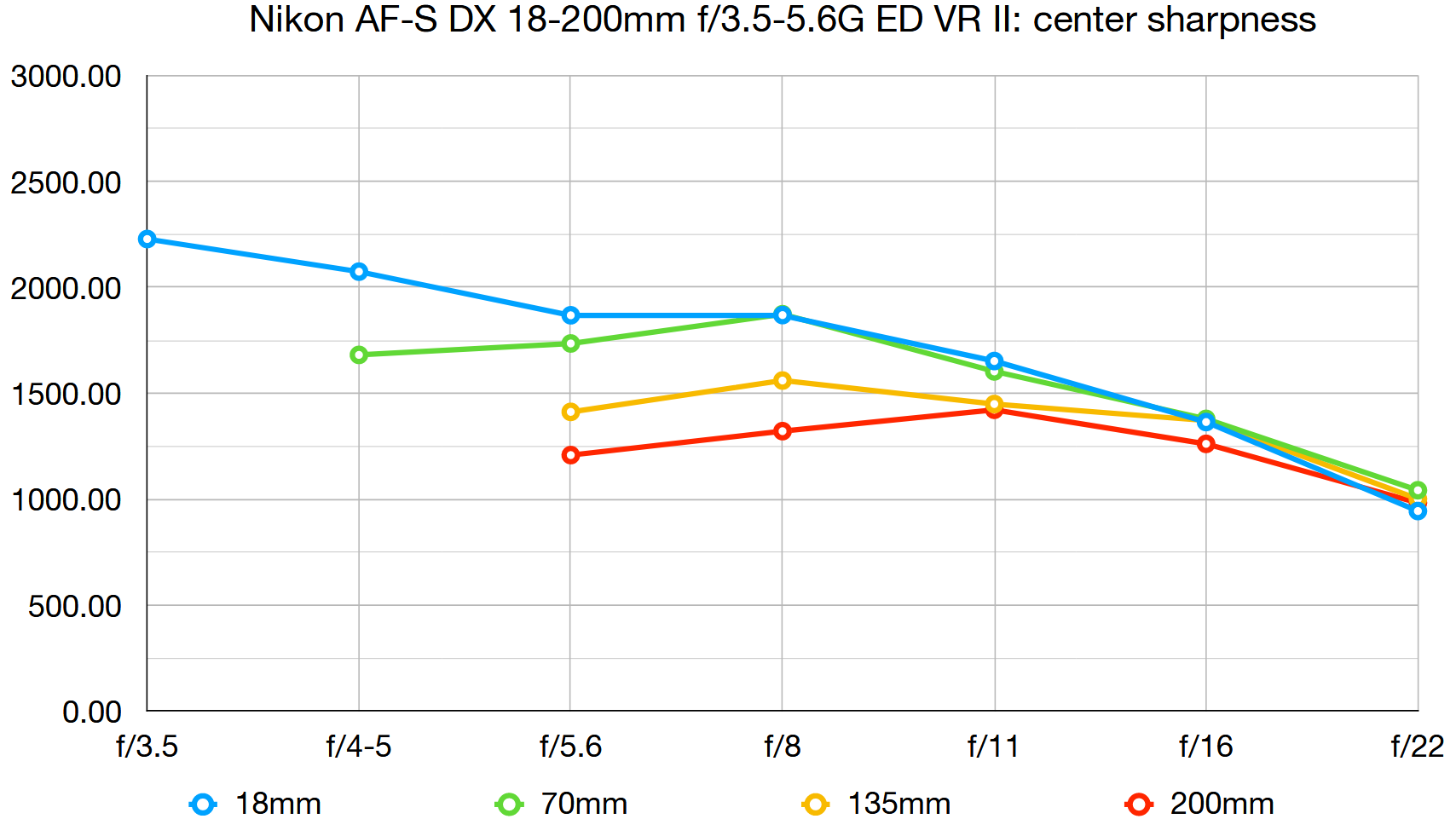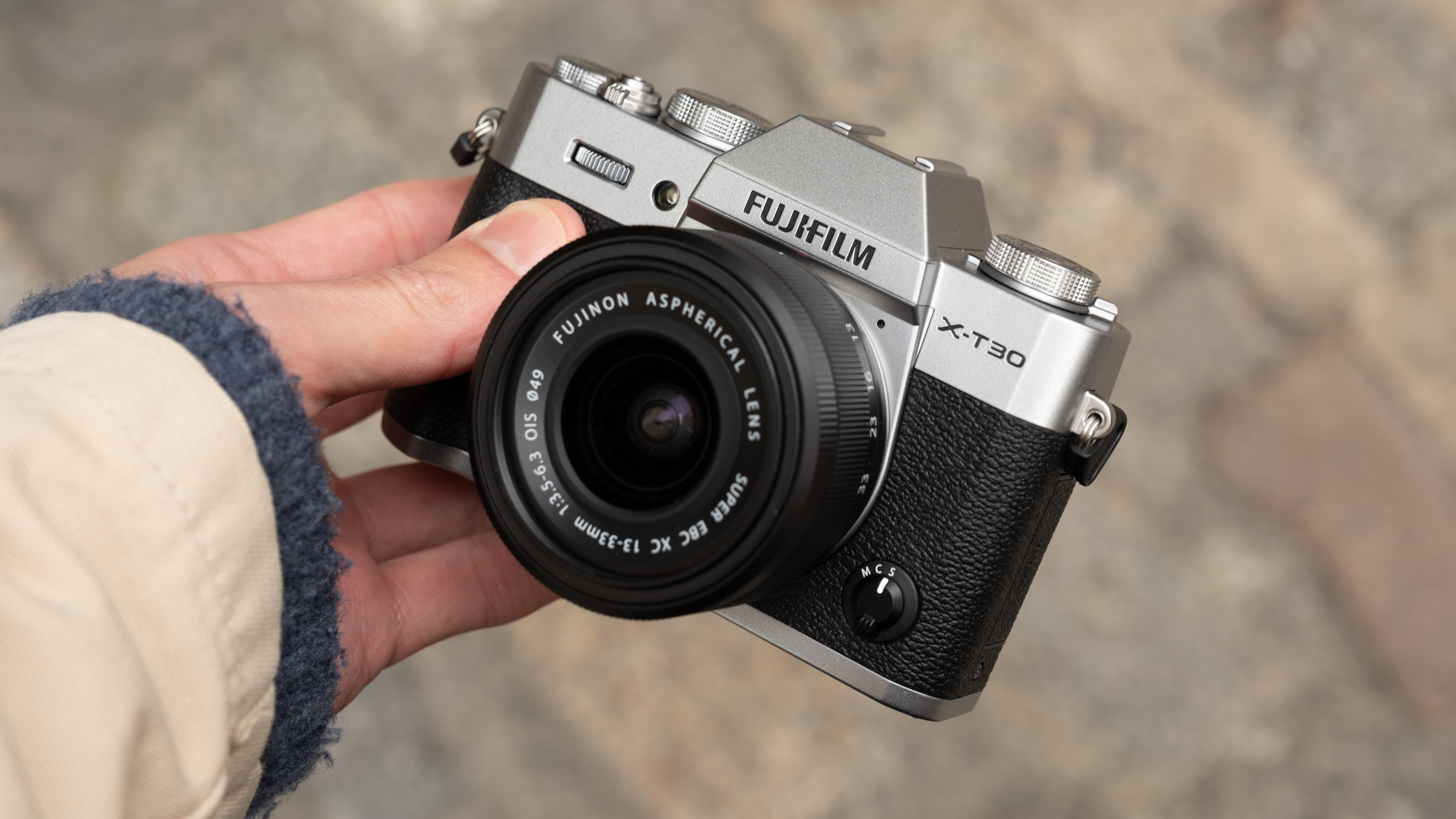Digital Camera World Verdict
I have to admit that this lens was my personal favorite ‘superzoom’ and my go-lens for walkabout and travel photography for many years, until Nikon’s Z system cameras came along, accompanied by the Z 24-200mm f/4-6.3 VR. Built for DX format DSLRs, the 18-200mm is more refined than the AF-S DX 18-300mm f/3.5-6.3G ED VR and more manageable than the oversized AF-S DX 18-300mm f/3.5-5.6 VR, while still giving a highly useful ‘effective’ zoom range of 27-300mm in full-frame terms.
Pros
- +
Powerful zoom range
- +
Compact, lightweight construction
- +
Refined handling
Cons
- -
Chunkier than Sigma/Tamron equivalents
- -
Lacks the reach of an 18-300mm zoom
Why you can trust Digital Camera World
The Nikon AF-S DX 18-200mm f/3.5-5.6G ED VR II is a subtle refresh of Nikon’s original 18-200mm lens, gaining a zoom lock switch but retaining the same optical design and image stabilizer. Nikon subsequently launched two 18-300mm superzooms. The bulkier f/3.5-5.6 is now obsolete and the f/3.5-6.3 is more basic, with no focus distance scale nor a supplied hood.
Specifications
Mount: Nikon F (DX)
Full-frame: No
Autofocus: Yes
Stabilization: Yes
Lens construction: 16 elements in 12 groups
Angle of view: 76-8 degrees
Diaphragm blades: 7
Minimum aperture: f/22-36
Minimum focusing distance: 0.5m
Maximum magnification ratio: 0.22x
Filter size: 72mm
Dimensions: 77x97mm
Weight: 565g
Key features
There are three aspherical and three ED (Extra-low Dispersion) elements in the optical path, along with Super Integrated Coating to reduce ghosting and flare. The second-generation VR system has switchable Normal and Active modes. The first of these includes automatic panning detection, while the second counteracts increased physical vibrations. Effectiveness is rated at 3.5 stops.
Handling benefits from a smooth-action zoom ring and a ring-type ultrasonic autofocus system. It’s typically quick and quiet, and enables the focus ring to remain stationery during autofocus, as well as offering full-time manual override. Focusing is fully internal, so the front element neither rotates nor extends.
Performance
In our tests, sharpness proved better than either of Nikon’s subsequent 18-300mm superzooms, throughout the albeit more limited zoom range. Overall image quality is impressive and a weather-seal ring on the mounting plate helps to prevent the ingress of dust and moisture.
Lab results
We run a range of lab tests under controlled conditions, using the Imatest Master testing suite. Photos of test charts are taken across the range of apertures and zooms (where available), then analyzed for sharpness, distortion and chromatic aberrations.
We use Imatest SFR (spatial frequency response) charts and analysis software to plot lens resolution at the center of the image frame, corners and mid-point distances, across the range of aperture settings and, with zoom lenses, at four different focal lengths. The tests also measure distortion and color fringing (chromatic aberration).
Sharpness:
For an F-mount superzoom lens, sharpness is outstanding at short to mid zoom settings and remains pretty good at the 200mm mark.
Fringing:
Uncorrected color fringing is pretty typical for a superzoom and pretty consistent throughout the zoom range.
Distortion:
The best camera deals, reviews, product advice, and unmissable photography news, direct to your inbox!
Considering that it doesn’t go overboard for zoom range, barrel distortion at the short end can be rather noticeable when uncorrected. Even so, it relies much less on in-camera correction than many newer lenses designed for mirrorless cameras.
Verdict
I have to admit that this lens was my personal favorite ‘superzoom’ and my go-lens for walkabout and travel photography for many years, until Nikon’s Z system cameras came along, accompanied by the Z 24-200mm f/4-6.3 VR. Built for DX format DSLRs, the 18-200mm is more refined than the AF-S DX 18-300mm f/3.5-6.3G ED VR and more manageable than the oversized AF-S DX 18-300mm f/3.5-5.6 VR, while still giving a highly useful ‘effective’ zoom range of 27-300mm in full-frame terms.
Read more:
• Best camera lenses to get
• Best Canon lenses
• Best Nikon lenses
• Best Sony lenses
Matthew Richards is a photographer and journalist who has spent years using and reviewing all manner of photo gear. He is Digital Camera World's principal lens reviewer – and has tested more primes and zooms than most people have had hot dinners!
His expertise with equipment doesn’t end there, though. He is also an encyclopedia when it comes to all manner of cameras, camera holsters and bags, flashguns, tripods and heads, printers, papers and inks, and just about anything imaging-related.
In an earlier life he was a broadcast engineer at the BBC, as well as a former editor of PC Guide.






